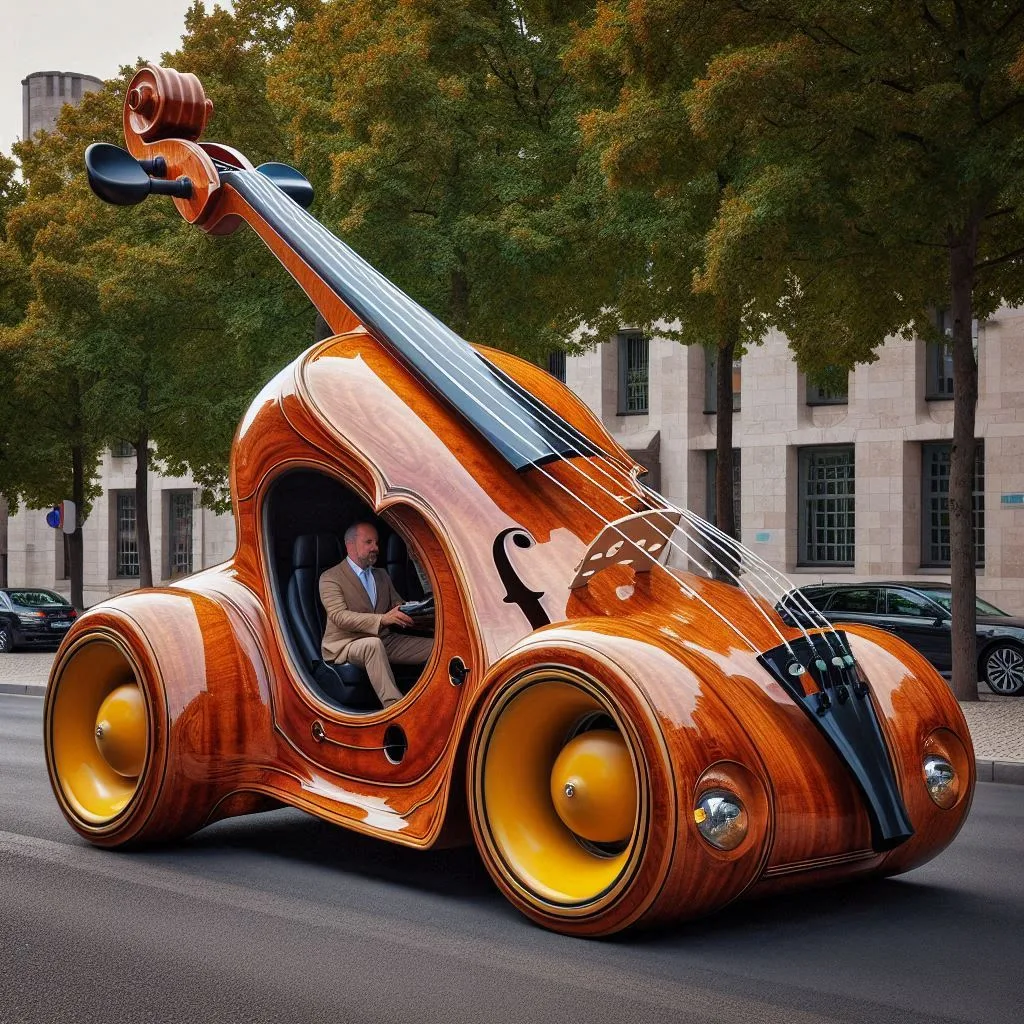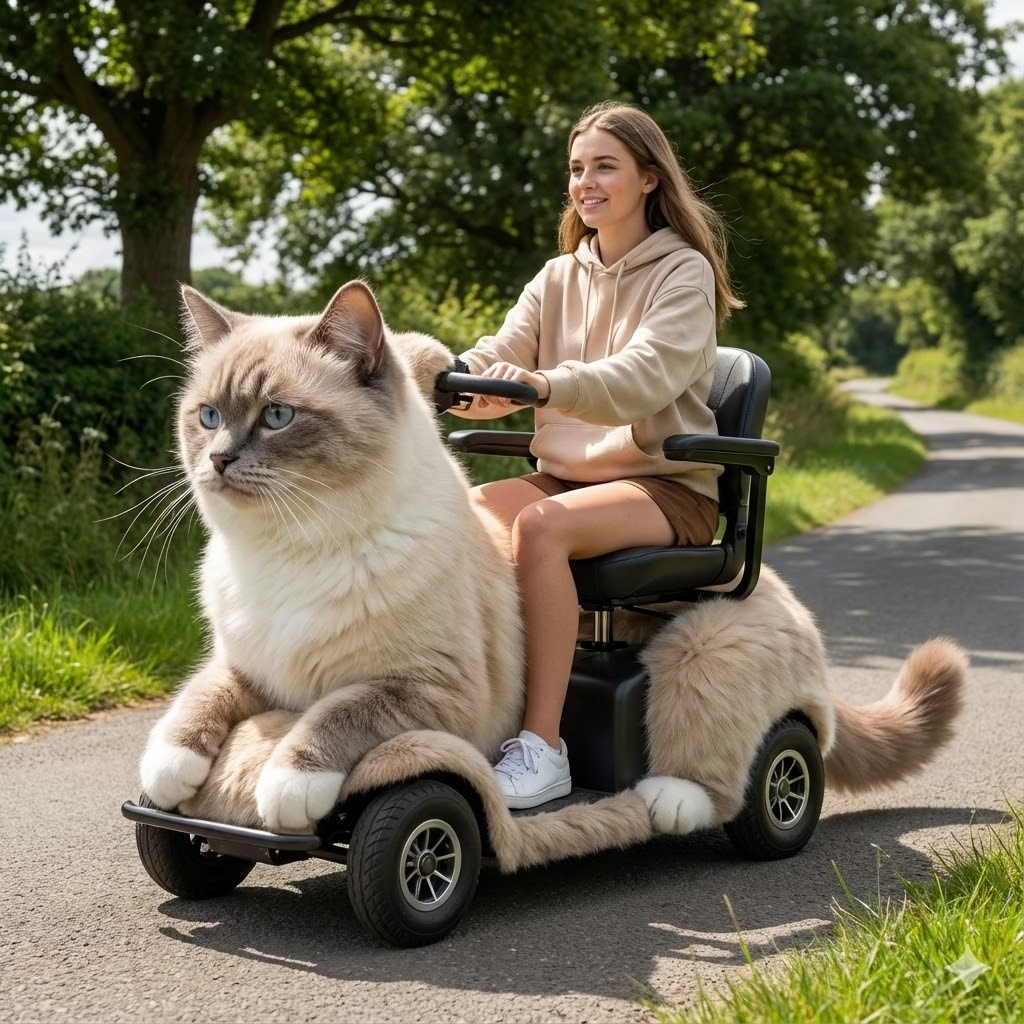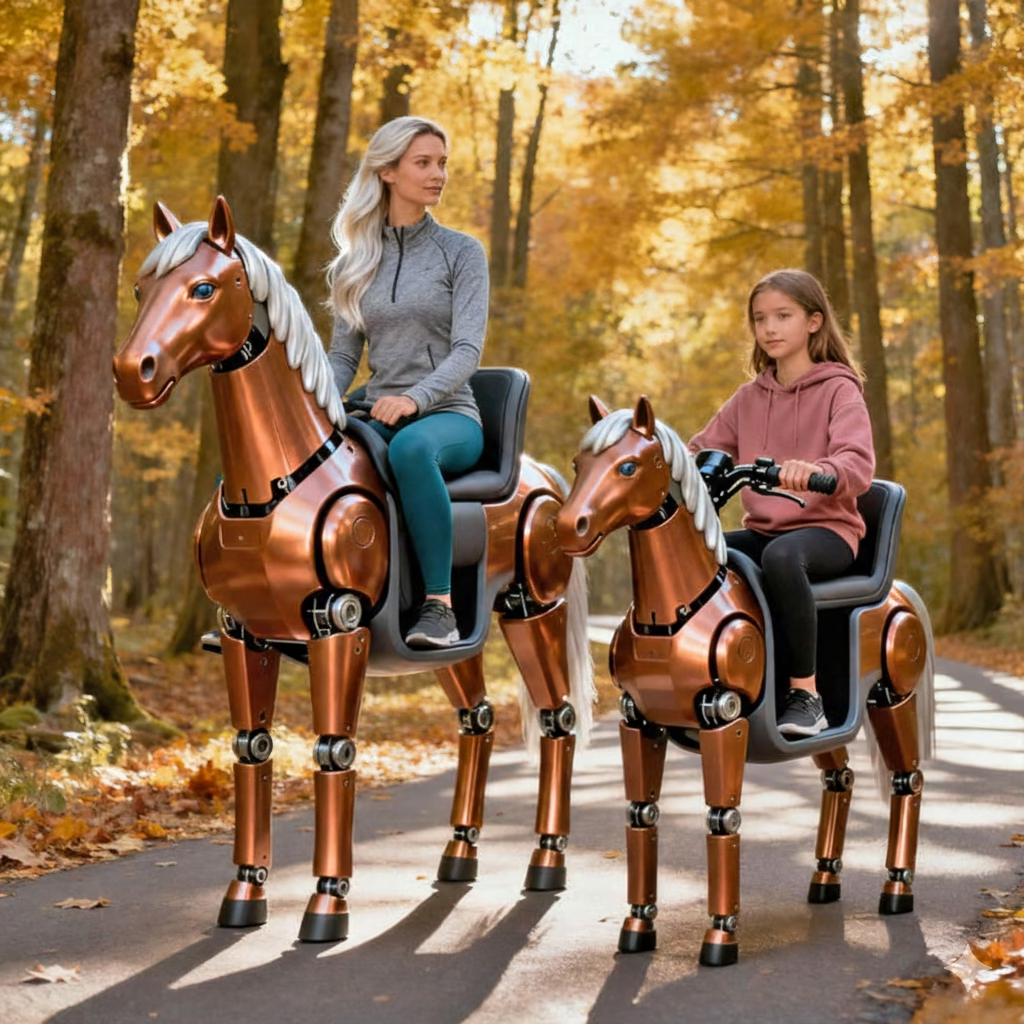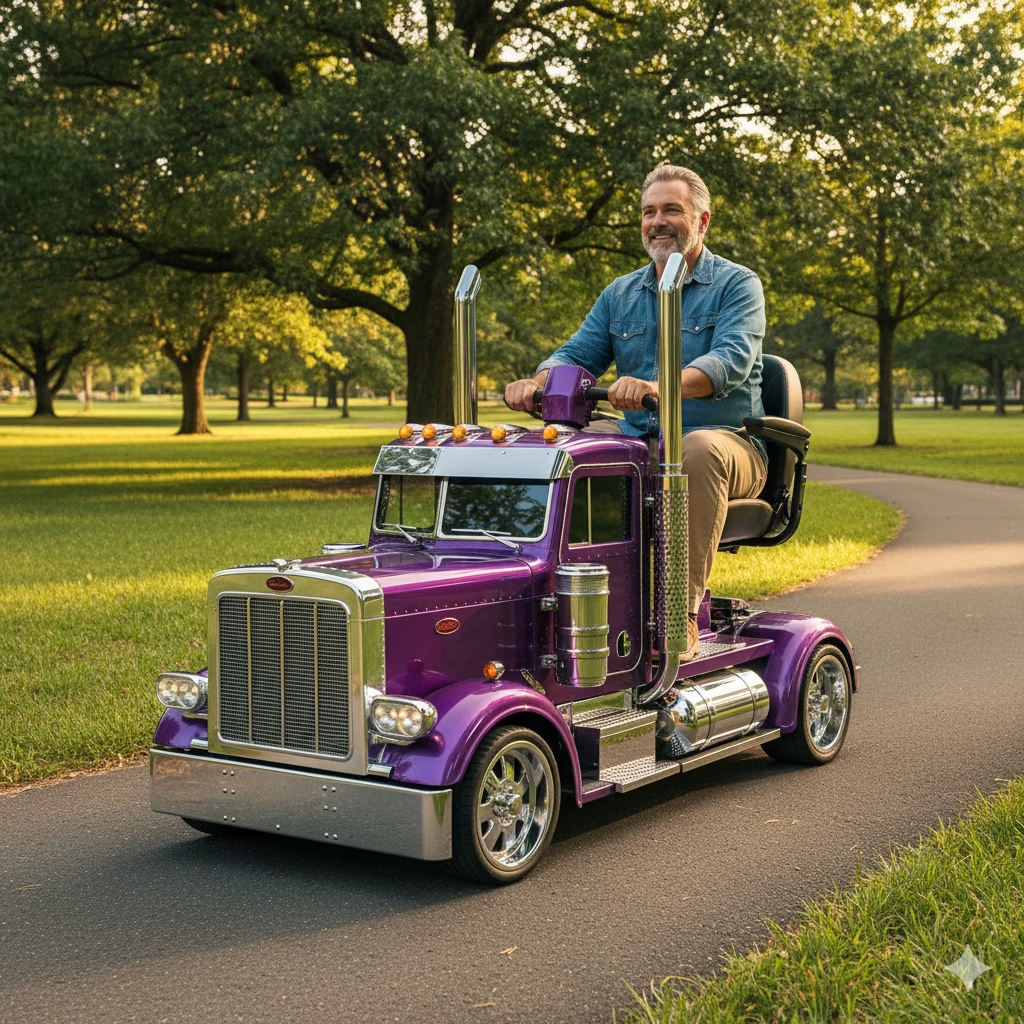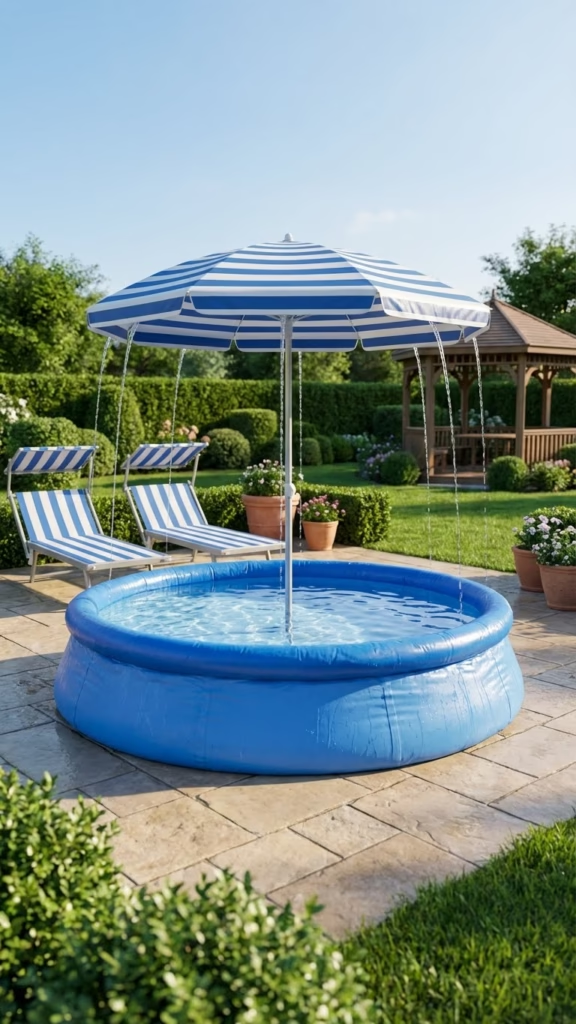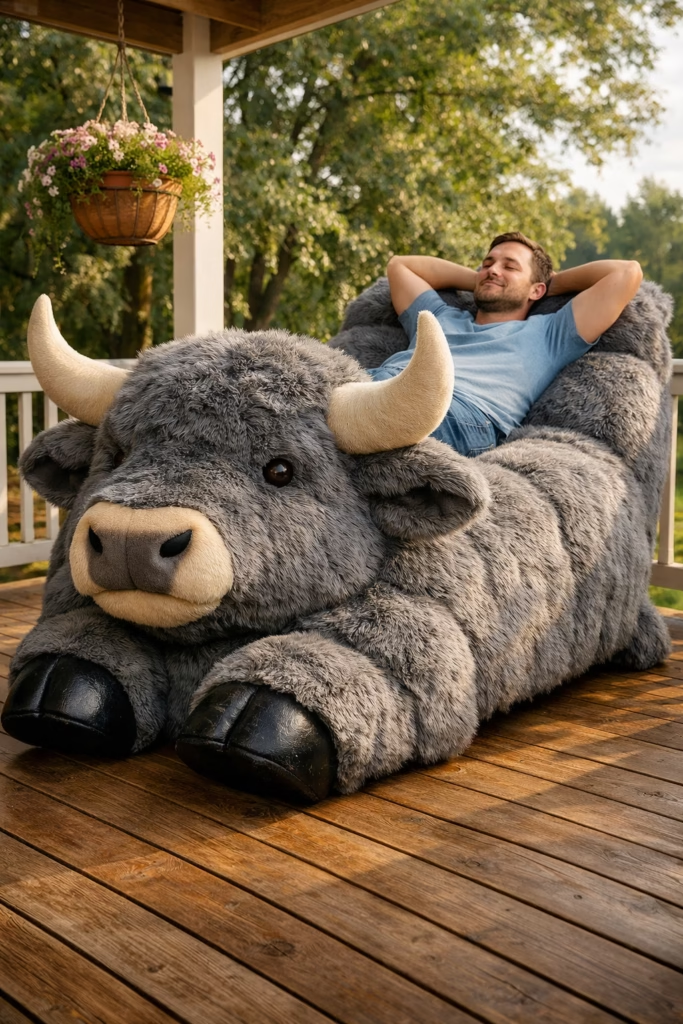Did you know that over 1.4 billion cars are on the road today? Among them, a unique trend is emerging: the cello shaped vehicle. This innovative design not only turns heads but also offers practical benefits. These vehicles blend art with functionality, making them a striking choice for those who want to stand out. With their sleek lines and smooth curves, they promise an unforgettable driving experience.
More than just a pretty exterior, cello shaped vehicles often prioritize eco-friendliness and efficiency. As cities grow and traffic increases, these cars offer a fresh solution to urban mobility. Dive into the world of cello shaped vehicles and discover why they’re becoming the next big thing in automotive design.
Understanding the Cello Shaped Vehicle
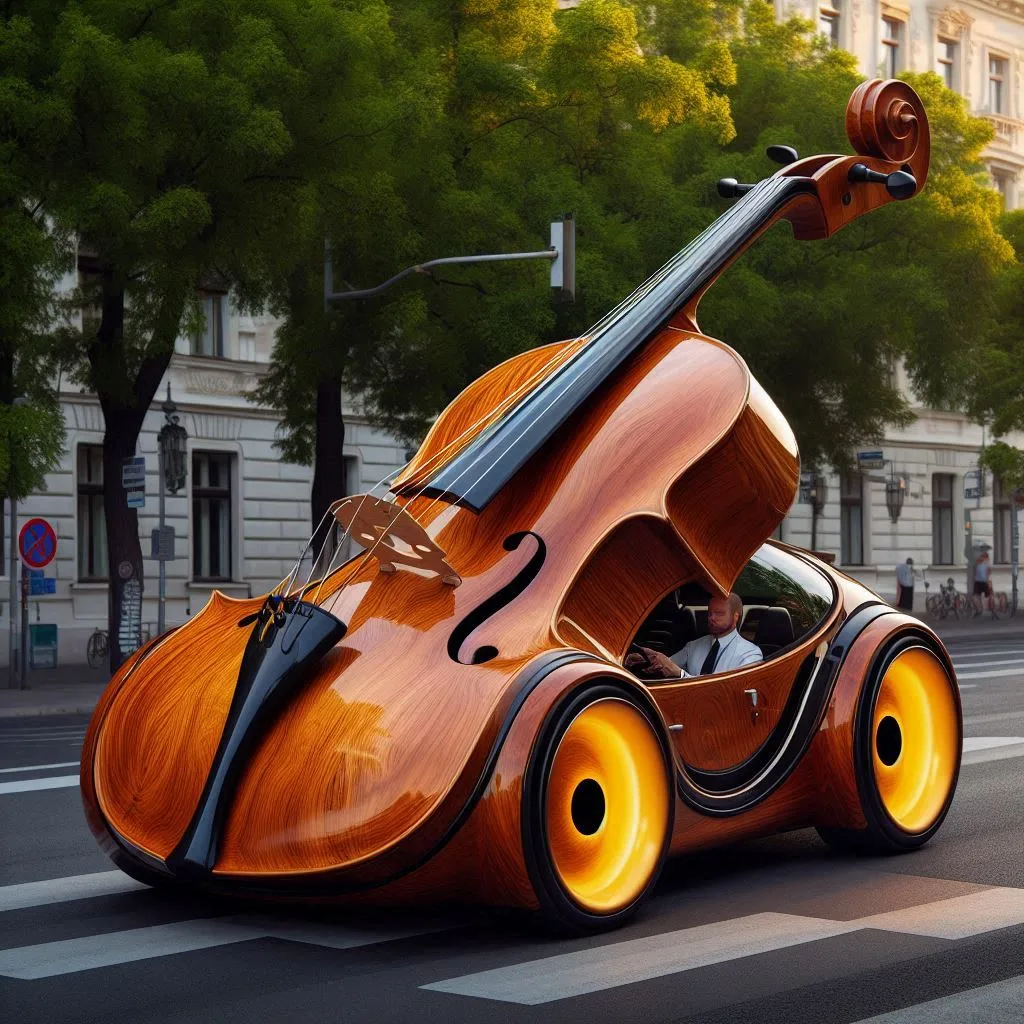
A cello-shaped vehicle is designed specifically for musicians, particularly cellists. This unique design allows for better transport of large instruments. The shape mimics that of a cello, providing ample space and protection. Musicians often face challenges when traveling with their instruments. Traditional vehicles like hatchbacks may not provide enough room or security.
Vehicle design plays a crucial role in accommodating musical instruments. Cellos are delicate and require careful handling. A vehicle tailored to their shape ensures that they fit securely. This reduces the risk of damage during transport. It also makes loading and unloading easier for musicians. For instance, specialized compartments can hold cellos upright, preventing them from tipping over.
The trend of creating vehicles for musicians is on the rise. More companies recognize the need for fit and functionality in vehicle design. These vehicles often include features like reinforced interiors and adjustable seats. Some even come with built-in storage for accessories such as bows and sheet music.
Foil cars, which are lightweight and aerodynamic, also contribute to this trend. Their design allows for better fuel efficiency while providing enough space for musical equipment. Musicians appreciate how these vehicles cater to their specific needs.
Many musicians have shared their experiences with these tailored vehicles. One cellist mentioned how much easier it became to travel to gigs after switching to a cello-shaped vehicle. The added space meant she could take her instrument without worry. She felt confident knowing it was secure during her travels.
Another musician highlighted the convenience of having designated storage for their gear. Instead of cramming everything into a standard car, they could organize their instruments and accessories neatly. This not only improved safety but also made preparation for performances smoother.
The demand for cello-shaped vehicles reflects a broader understanding of musicians’ lifestyles. As more people pursue music professionally, the need for specialized transportation grows. Manufacturers are responding by designing vehicles that prioritize both comfort and practicality.
In summary, the cello-shaped vehicle represents an important innovation in transportation for musicians. It showcases how thoughtful design can improve the experience of traveling with delicate instruments. By focusing on the specific needs of musicians, these vehicles enhance mobility and protect valuable equipment.
Design Features for Transporting Cellos
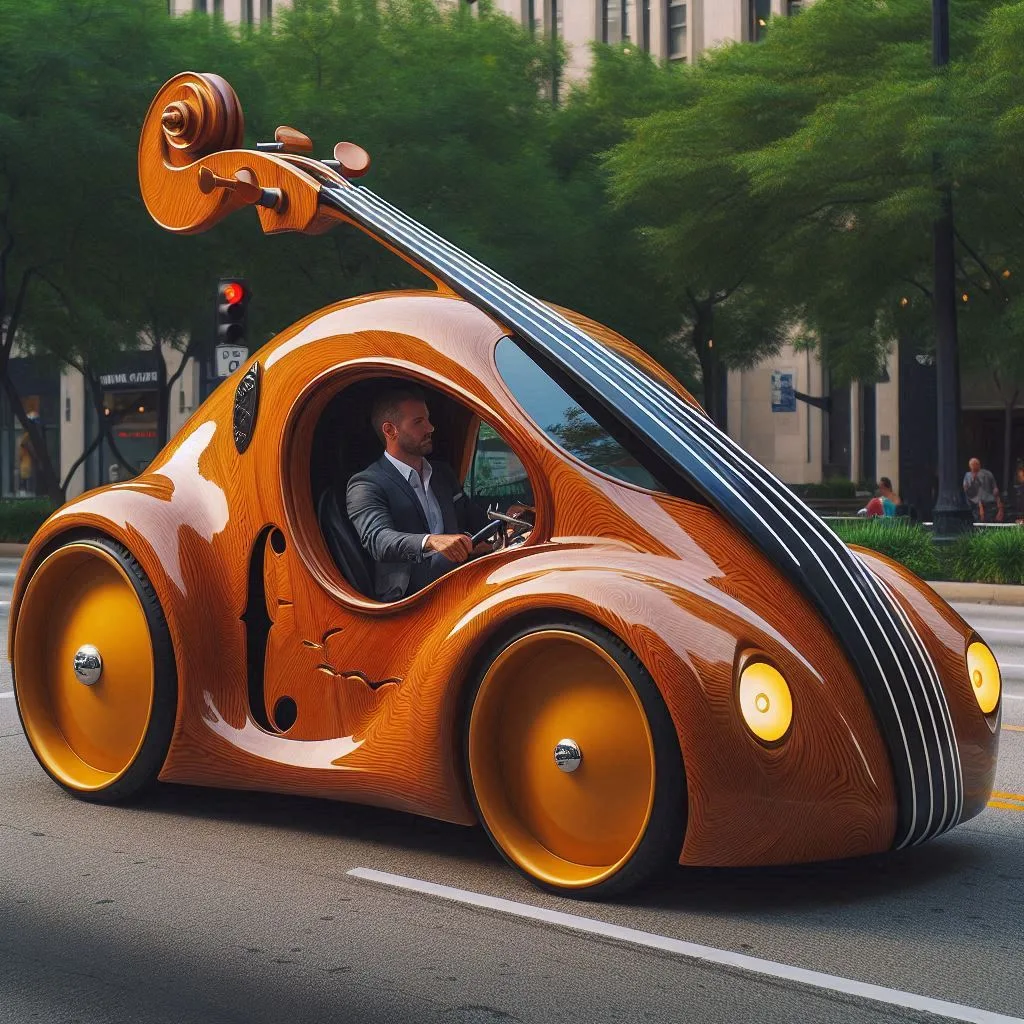
Transporting cellos requires careful consideration of design features in vehicles. A cello shaped vehicle focuses on spacious interiors. This feature allows musicians to comfortably fit a full size cello inside without any hassle.
Foldable rear seats are essential. They create more room when needed. Musicians can easily adjust the space based on their needs. The flexibility of the seating arrangement makes it easier to transport a cello case. This is especially useful for those who travel with multiple instruments or additional gear.
Trunk space plays a critical role in transporting cellos. A well-designed trunk can accommodate a soft case or hard case securely. Easy access to the trunk enhances efficiency during loading and unloading. Musicians often have limited time before performances, so quick access is beneficial.
Materials used in the vehicle’s construction matter significantly. Durable materials protect the cello from damage during transport. High-quality upholstery, such as leather seats, adds comfort and style while ensuring durability. Reinforced compartments keep the instrument secure, minimizing movement during transit.
The build quality of the vehicle also supports safe transportation. A sturdy frame reduces vibrations that could harm delicate instruments like cellos. Proper insulation within the vehicle can help maintain a stable temperature, protecting the cello from extreme conditions.
e vehicles come equipped with specialized features for musicians. These include dedicated storage compartments for accessories like rosin, strings, and bows. Having these items organized helps musicians prepare quickly before performances.
Accessibility is another vital aspect of transporting cellos effectively. Vehicles designed with wide doors allow easy entry and exit with large cases. This feature prevents accidental scratches or damage to both the instrument and the vehicle itself.
In summary, a cello shaped vehicle should prioritize spacious interiors, foldable seats, and ample trunk space for efficient transport. The use of durable materials and high-quality build ensures the safety of valuable instruments like cellos. Accessibility features enhance convenience for musicians on the go.
Best Small Cars for Cellos
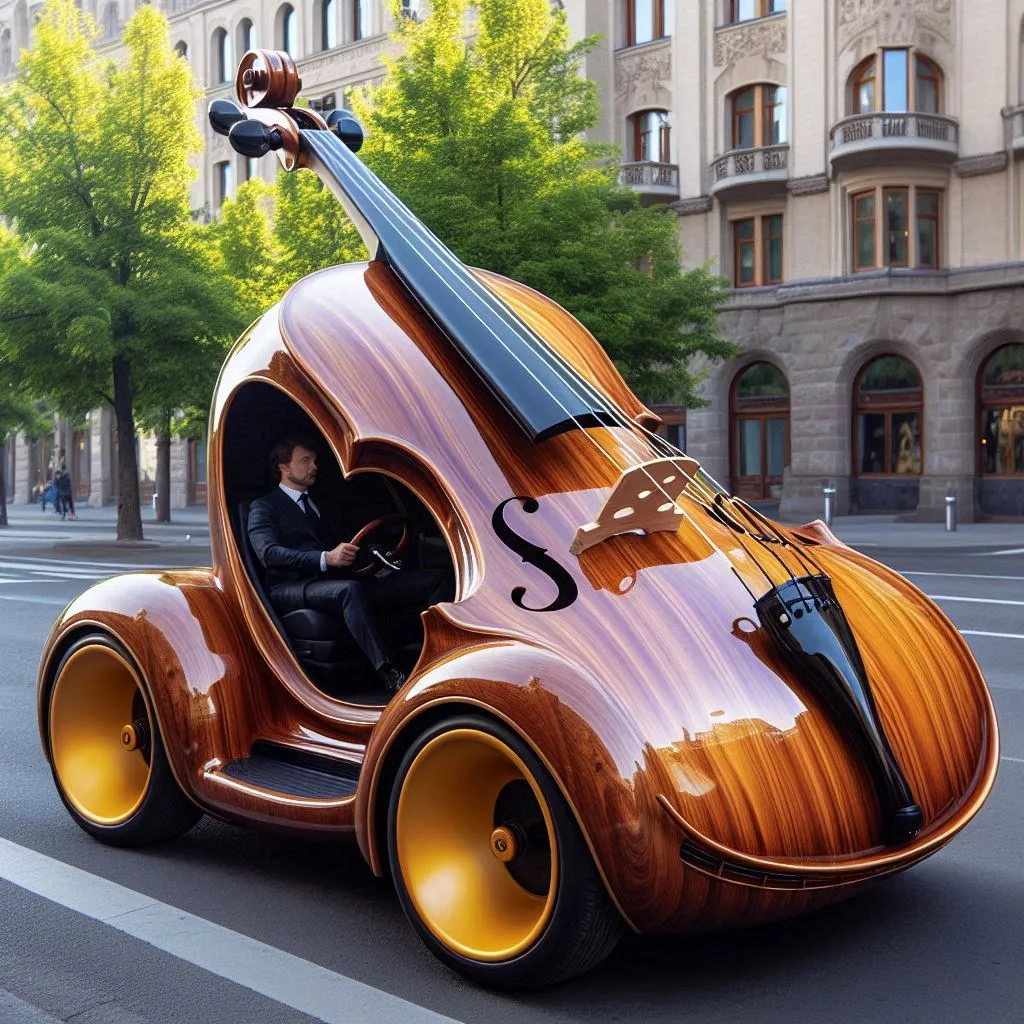
Finding a small car that fits a size cello can be challenging. Many musicians worry about how to transport their instruments safely. Certain small cars, however, stand out for their ability to accommodate cellos.
The Mazda2 is one option. Its rear seats fold down flat. This feature creates extra space for larger items like a cello. The Honda Fit also deserves mention. It offers a “Magic Seat” that folds in various ways. This design enhances cargo flexibility and allows for easy loading of a cello.
Other models to consider include the Toyota Yaris and the Ford Fiesta. Both vehicles provide decent trunk space and rear seat configurations. The Yaris has a hatchback model that can make loading easier. The Fiesta’s back seat also folds down, offering more room.
When comparing these cars, look at interior dimensions. The Mazda2 provides around 20 cubic feet of cargo space with the seats up. The Honda Fit offers even more, at about 52 cubic feet when the seats are down. These measurements are vital when considering how a small car will fit your instrument.
It’s essential to test-fit a cello in any potential vehicle before making a purchase. Not all cellos are the same size, and some may require more space than others. Bring your instrument along when you visit dealerships. Check how well it fits in the trunk or back seat area of each car.
Consider additional factors like door size and entry height as well. A larger opening can make it easier to load and unload your cello without damage.
Each of these options has unique features that make them suitable for transporting musical instruments.
While shopping for a vehicle, prioritize your needs as a musician. Think about how often you transport your cello and the distance you’ll travel. A comfortable ride will help protect your instrument during long trips.
Tips for Musicians on Transport
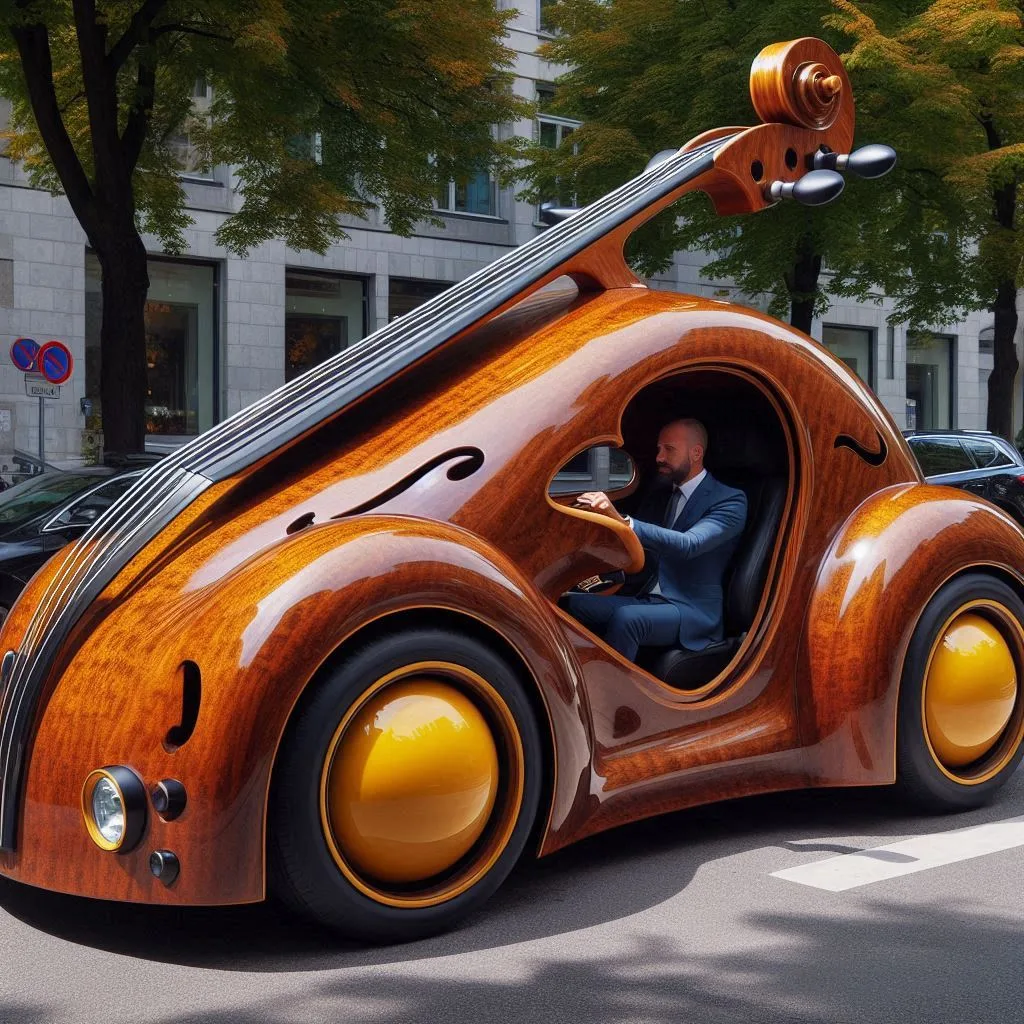
Musicians need to think carefully about how they transport their instruments. A cello-shaped vehicle can make this easier, but there are additional tips to consider.
Bringing an empty cello case to dealerships is a smart move. This helps in getting accurate fitting assessments for the vehicle. The case’s dimensions will ensure that the car can accommodate the instrument properly. Not all cars have the same interior space, even if they are classified as small. Musicians should measure their cello case and discuss it with salespeople. This step avoids surprises later.
Securing the instrument during transit is crucial. Musicians should use straps or bungee cords to keep the cello stable in the vehicle. Placing the cello on its side can help distribute weight evenly. Some musicians prefer to lay it flat in the back seat or trunk. Using soft padding around the case adds an extra layer of protection against bumps and jolts on the road.
Planning routes is just as important as securing the instrument. Musicians should choose paths that offer easy parking and unloading options. Streets with less traffic can reduce stress when carrying a large instrument. Finding locations with ample parking space makes loading and unloading smoother.
Musicians must also consider weather conditions when planning trips. Rain or extreme heat can damage a cello if left exposed in a vehicle for too long. Keeping a blanket or tarp handy provides protection from unexpected weather changes.
Consider these factors when choosing a vehicle for transporting cellos:
- Size: Ensure enough space for both the cello and any additional gear.
- Accessibility: Look for doors that open wide enough for easy loading.
- Safety features: Advanced safety features can protect both the driver and instrument.
The right vehicle makes a big difference in transporting musical instruments safely. Musicians should prioritize comfort and convenience while ensuring their cellos remain secure.
Advantages of Musician-Friendly Vehicles
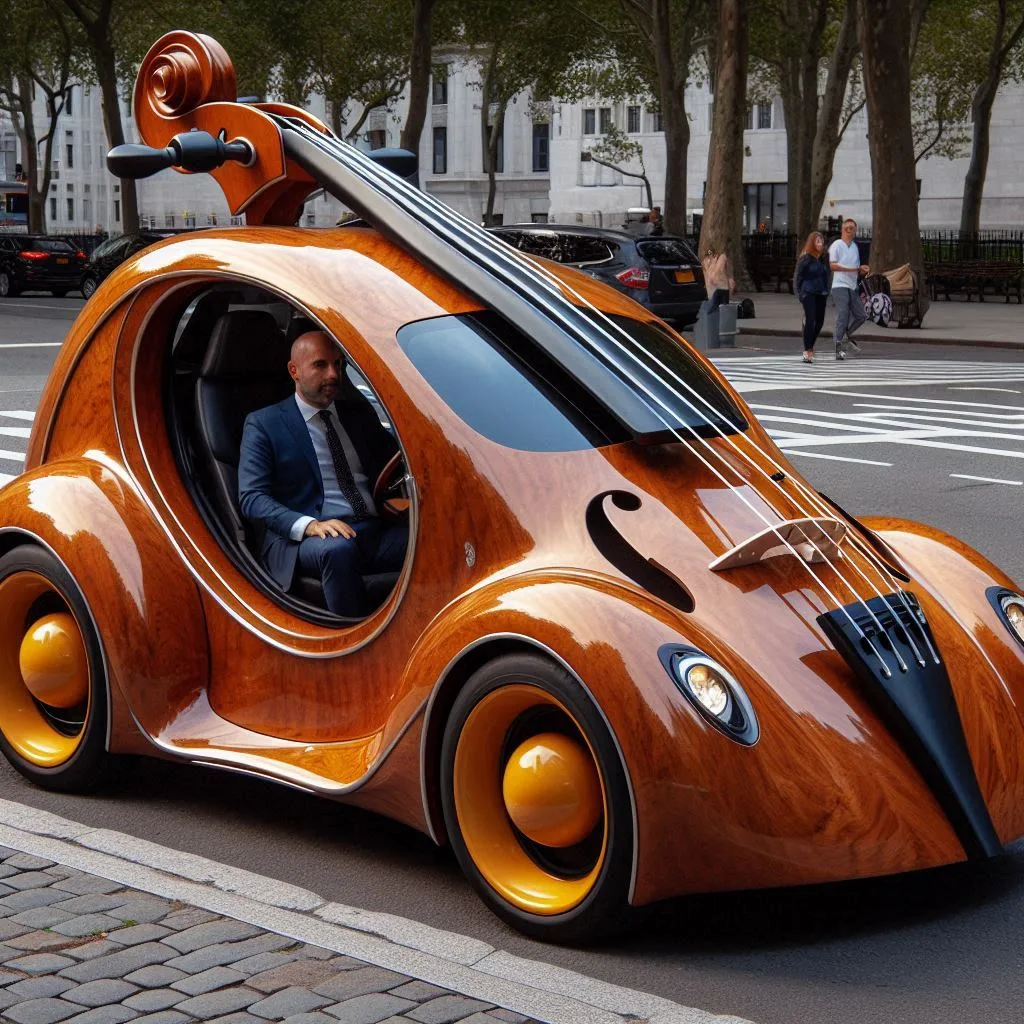
Musicians often travel long distances for gigs and rehearsals. Comfort is essential during these trips. Musician-friendly vehicles provide spacious interiors. They have ample storage for instruments, gear, and personal items. This design reduces stress and fatigue on the road.
Convenience plays a key role in these specialized vehicles. Many come with features like built-in instrument racks and sound systems. These elements allow musicians to set up quickly at venues. It also provides an opportunity to rehearse while traveling. For instance, having a dedicated space for a cello can prevent damage during transit. Musicians can focus on their performance instead of worrying about their instruments.
Performance experience improves with musician-oriented vehicles. Enhanced acoustics create a better environment for practice sessions. Some models even include soundproofing materials. This feature helps musicians work on their skills without disturbing others. Customizable lighting options can create the right mood for creativity.
Many musicians find that these vehicles meet their specific needs. They offer practical solutions that regular cars do not provide. For example, a van with adjustable seating can comfortably accommodate people and instruments. This flexibility is crucial during tours or group performances.
Here are some benefits of musician-friendly vehicles:
- Comfortable seating for long trips
- Ample storage space for instruments and gear
- Built-in instrument racks for easy access
- Customizable lighting to enhance creativity
- Improved acoustics for practice sessions
Musician-oriented vehicles also help build a sense of community among artists. Musicians often share tips about which models work best for traveling musicians. This exchange fosters connections within the music community.
Investing in a vehicle tailored for musicians can lead to many advantages. The comfort, convenience, and enhanced performance experiences make them worthwhile choices. Musicians can travel with peace of mind, knowing their instruments are safe and secure.
Space Considerations for Musical Instruments
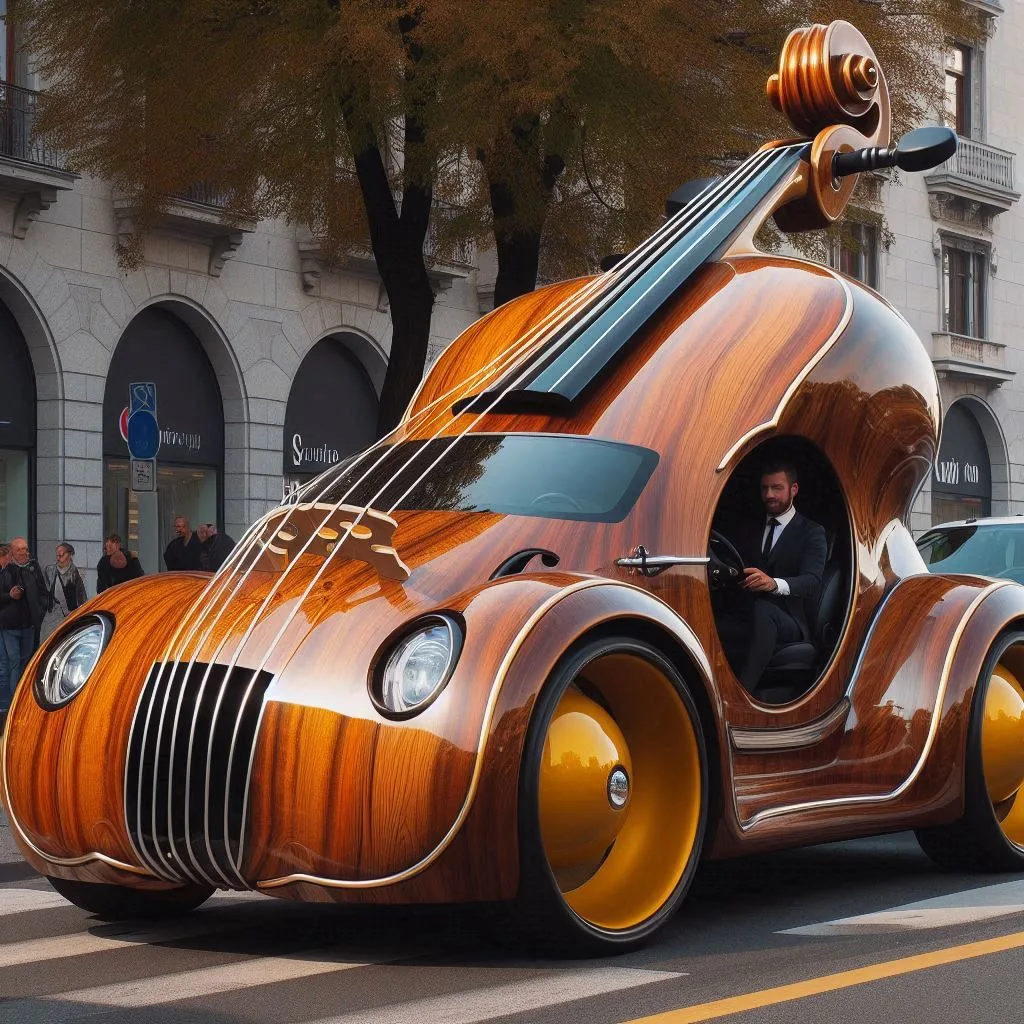
Cargo space and passenger capacity are crucial for musicians. A musician needs to transport their instruments safely. This often includes larger items like cellos or double basses. The right vehicle can make a significant difference in convenience and comfort.
Hatchbacks offer more vertical space than sedans. This design allows for taller instruments to fit comfortably. The rear hatch opens wide, providing easy access. Musicians can load and unload quickly. Sedans, on the other hand, may have limited trunk space. Instruments might need to be placed at awkward angles. This could risk damage during transport.
Room for passengers is another factor. Many musicians travel with a group or with family. They need enough seats for everyone along with their gear. A vehicle that fits both people and instruments is ideal. Planning ahead ensures everyone travels together without hassle.
Measuring both the instrument and vehicle space is vital. Musicians should know the dimensions of their gear. For example, a cello typically measures around 4 feet long. If the vehicle’s trunk is only 3 feet deep, it won’t fit well. Taking measurements helps avoid surprises later on.
Consideration of seat configurations also matters. Some vehicles allow seats to fold down completely. This creates extra room for larger instruments. Others may have fixed seats, limiting space options. Musicians should evaluate how they plan to use the vehicle.
e musicians prefer using specific types of cases for protection. These cases can add extra bulk. Understanding how much room these cases take is essential when selecting a vehicle.
Choosing between hatchbacks and sedans depends on personal needs. Hatchbacks often provide more flexibility for transporting large instruments. Sedans might appeal to those who prioritize style or fuel efficiency over cargo space.
Lastly, it’s wise to discuss any concerns with car dealers or experts. They can provide advice based on experience with similar needs. Many dealerships even cater to musicians specifically.
Fuel Efficiency in Musician Vehicles
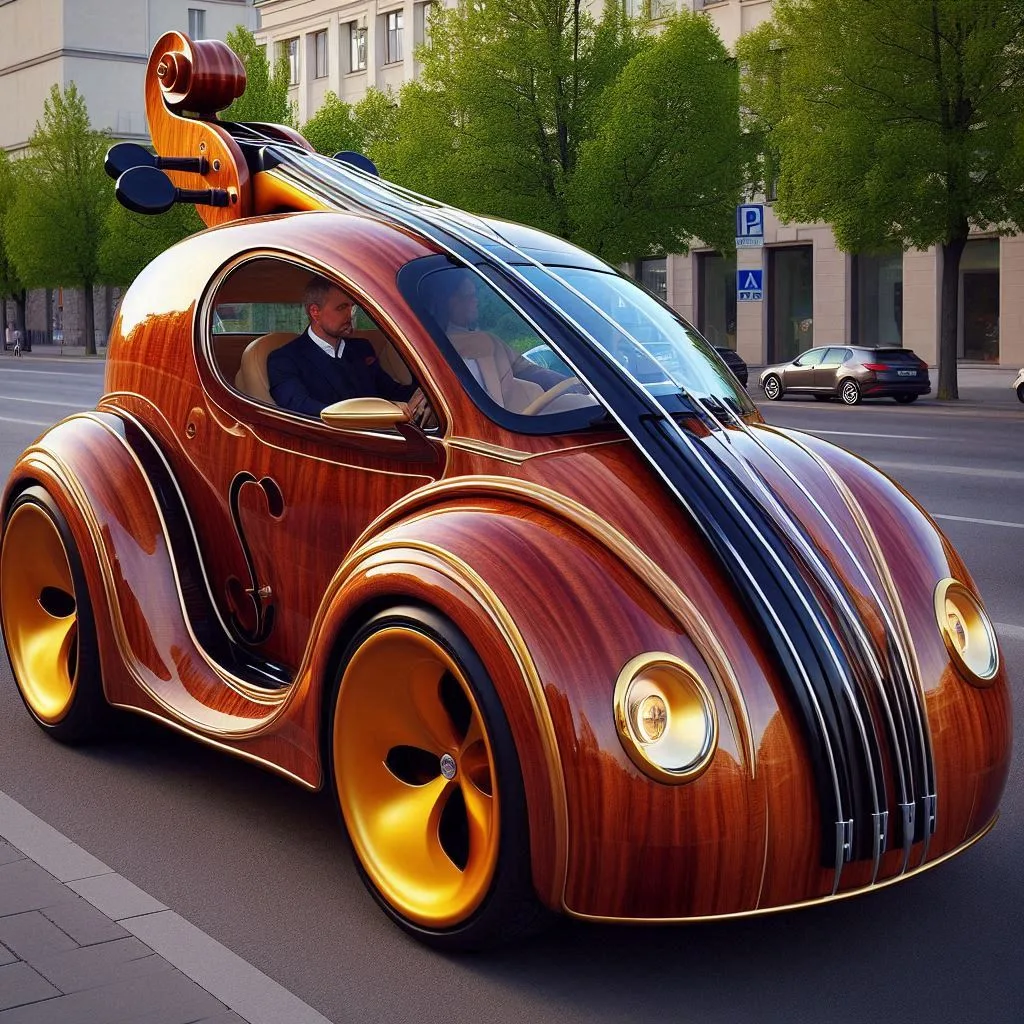
Musicians often travel long distances for gigs. This makes fuel efficiency a key factor when choosing a vehicle. A fuel-efficient car helps save money on gas, allowing musicians to invest more in their craft.
The Toyota Prius is one of the most popular options for musicians. It offers excellent fuel economy ratings, averaging around 56 miles per gallon. This is a significant advantage for those who frequently drive to performances. Other vehicles like the Honda Insight and Hyundai Ioniq also provide great fuel efficiency. They can achieve similar mileage, making them suitable choices for traveling artists.
Cost savings play an essential role in a musician’s decision-making process. A musician who drives a fuel-efficient vehicle can save hundreds of dollars each year on gas. These savings can add up quickly, especially during busy touring seasons. For example, if a musician travels 1,000 miles per month, they could save around $100 or more compared to driving a less efficient vehicle.
Passenger seating is another important aspect for musicians. Many musicians travel with instruments and band members. A vehicle with ample passenger seats can accommodate both instruments and people comfortably. The Prius has rear seats that fold down, providing extra cargo space when needed. This feature is crucial for transporting large instruments like cellos.
In contrast, larger vehicles may not always be the best choice due to their lower fuel efficiency. Musicians must balance the need for space with the desire to keep costs down. Choosing a vehicle that combines good fuel economy with adequate passenger seating is vital.
Car factories are increasingly focusing on producing eco-friendly vehicles. This shift benefits musicians who prioritize sustainability in their choices. Selecting a hybrid or electric vehicle supports environmental goals while also being cost-effective.
Fuel-efficient vehicles also contribute to reduced carbon footprints. Musicians can feel good about their travel choices when they opt for cars that consume less fuel. This aligns with many artists’ values of promoting sustainability through their work.
Overall, fuel efficiency is crucial for musicians who travel frequently for gigs. By selecting vehicles like the Prius or other efficient models, they can reduce costs and enhance their mobility while supporting environmental efforts.
Easy Access for Instrument Transport
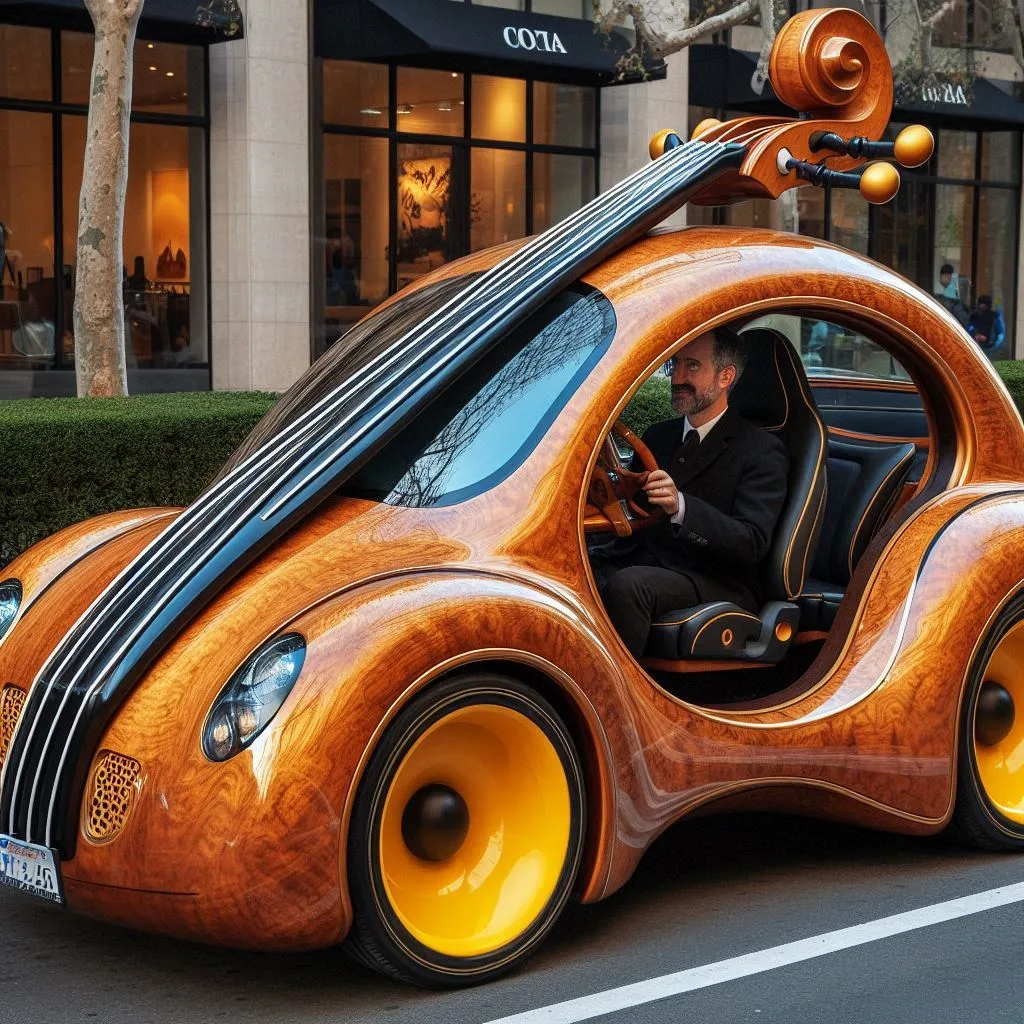
Hatchback designs offer great advantages for transporting instruments. These vehicles typically have a rear door that swings upward, allowing for easy access to the trunk area. Musicians can quickly load and unload their instruments without struggling with tight spaces. This feature is particularly useful when carrying larger items like cellos or double basses.
Low loading heights enhance convenience as well. Many hatchbacks sit lower to the ground. This design makes it easier to lift heavy instruments in and out of the vehicle. Musicians do not have to strain their backs while maneuvering their gear. A low loading height is especially beneficial during long gigs or rehearsals.
Wide door openings are another key feature. They allow for more room when placing instruments inside. Musicians can slide their cases in without worrying about hitting the door frame. This reduces the risk of damaging both the vehicle and the instrument itself.
Vehicles with flexible rear seat configurations also provide great benefits. Some models allow the rear seats to fold down, creating a larger cargo space. This flexibility means musicians can fit various instruments and equipment comfortably. For example, a musician can transport a cello along with additional gear like stands and music sheets.
Certain vehicles stand out for their design and functionality. The Honda Fit is known for its spacious interior and hatchback design. Its Magic Seat allows for multiple configurations, making it easy to transport larger instruments. Similarly, the Toyota Prius offers wide doors and a low trunk height, making loading simple.
Other options include the Subaru Outback and Volkswagen Golf. Both vehicles combine hatchback features with ample space in the back seat area. These designs cater to musicians who need quick access to their gear while on the go.
The ease of access provided by these vehicles improves overall efficiency for musicians. Quick loading and unloading save time before and after performances or practices. It helps keep musicians focused on their music rather than logistics.
Practical Vehicle Solutions for Musicians
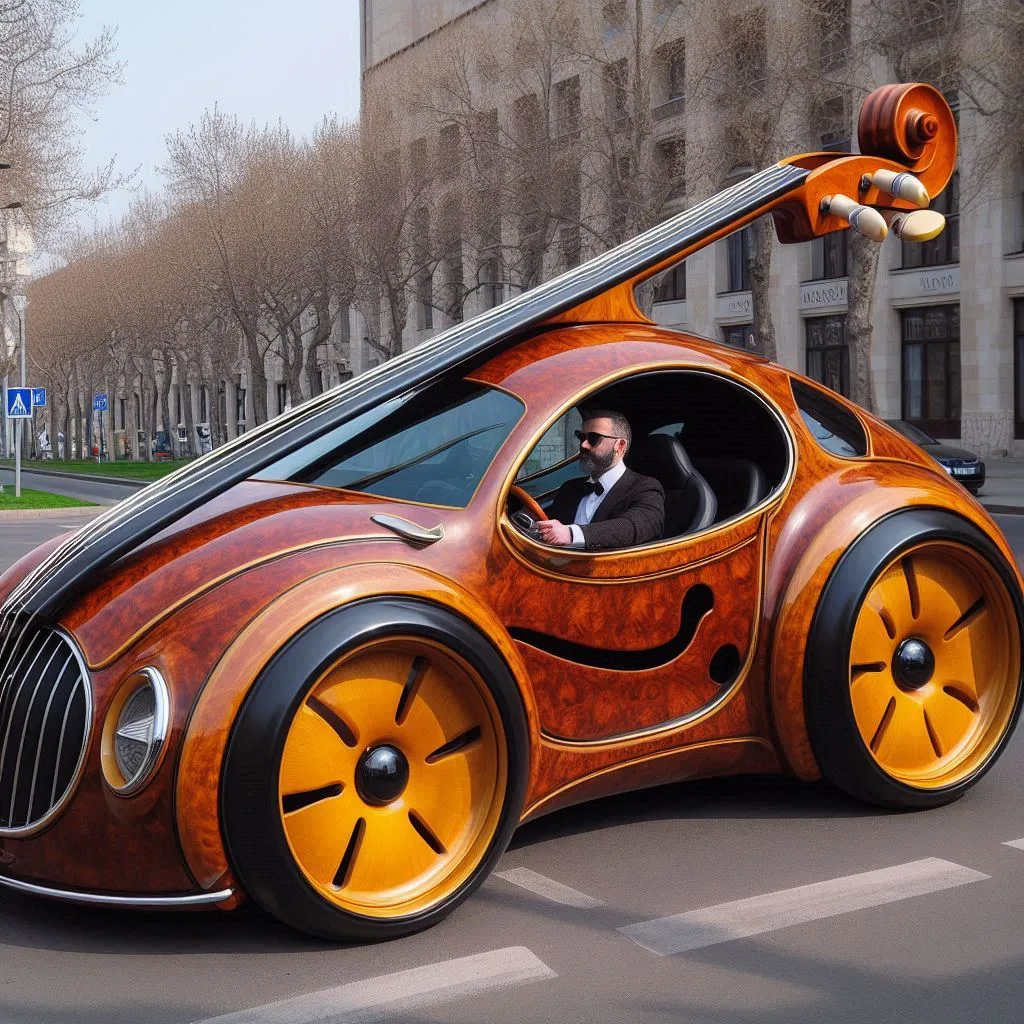
Musicians often face challenges when transporting their instruments. The vehicular equivalent of a cello case is crucial for ensuring safe travel. Specific vehicles like small SUVs, station wagons, and sedans offer practical solutions. These cars typically provide ample back seat space and trunk room. For example, the Audi A4 sedan is known for its spacious interior, making it a popular choice among musicians.
Modifications to vehicles can enhance usability for transporting instruments. Adding custom racks or holders can secure instruments in place. Specialized cases designed for violins and basses protect them from damage. Using padded blankets or cushions can also prevent scratches during transit. These accessories make a significant difference in safeguarding valuable instruments.
Renting or leasing musician-friendly vehicles is another option. Many rental companies offer specific models suited for transporting instruments. Renting a larger vehicle for a short period can be cost-effective. This solution allows musicians to avoid long-term commitments while still meeting their needs. Options like cargo vans or larger SUVs provide the necessary space without the hassle of ownership.
Community resources play an essential role in helping musicians transport their gear. Shared vehicle programs allow multiple users access to a single vehicle. These programs often include larger cars that suit different instrument sizes. Musicians can benefit by sharing costs and minimizing expenses related to transportation.
Many cities have local organizations that facilitate these shared vehicle programs. They often cater specifically to artists and musicians, providing affordable options. Some community centers even offer vehicle-sharing initiatives designed with musicians in mind.
Using these resources can ease the burden of traveling with instruments. Musicians save money and reduce stress by utilizing shared vehicles instead of personal ones. This flexibility allows them to focus on their art rather than logistics.
In addition to community resources, online platforms connect musicians with available vehicles. Websites and apps let users find suitable rentals or shared vehicles nearby. This accessibility simplifies the process of finding the right car for any occasion.
Exploring these practical solutions makes sense for every musician. With the right vehicle, transporting instruments becomes less daunting. Whether through modifications, renting, or community resources, options exist for everyone.
Conclusiones finales
The cello-shaped vehicle is a game changer for musicians. It combines style and functionality, making transport a breeze. You’ve learned about design features, best car options, and practical tips for hauling your instrument. Each aspect supports the idea that having the right vehicle can enhance your music journey.
Now, it’s time to take action. Evaluate your current ride and consider how it meets your needs as a musician. Investing in a musician-friendly vehicle can elevate your performance and protect your instrument. Don’t settle for less—explore your options and hit the road with confidence. Your music deserves it!

